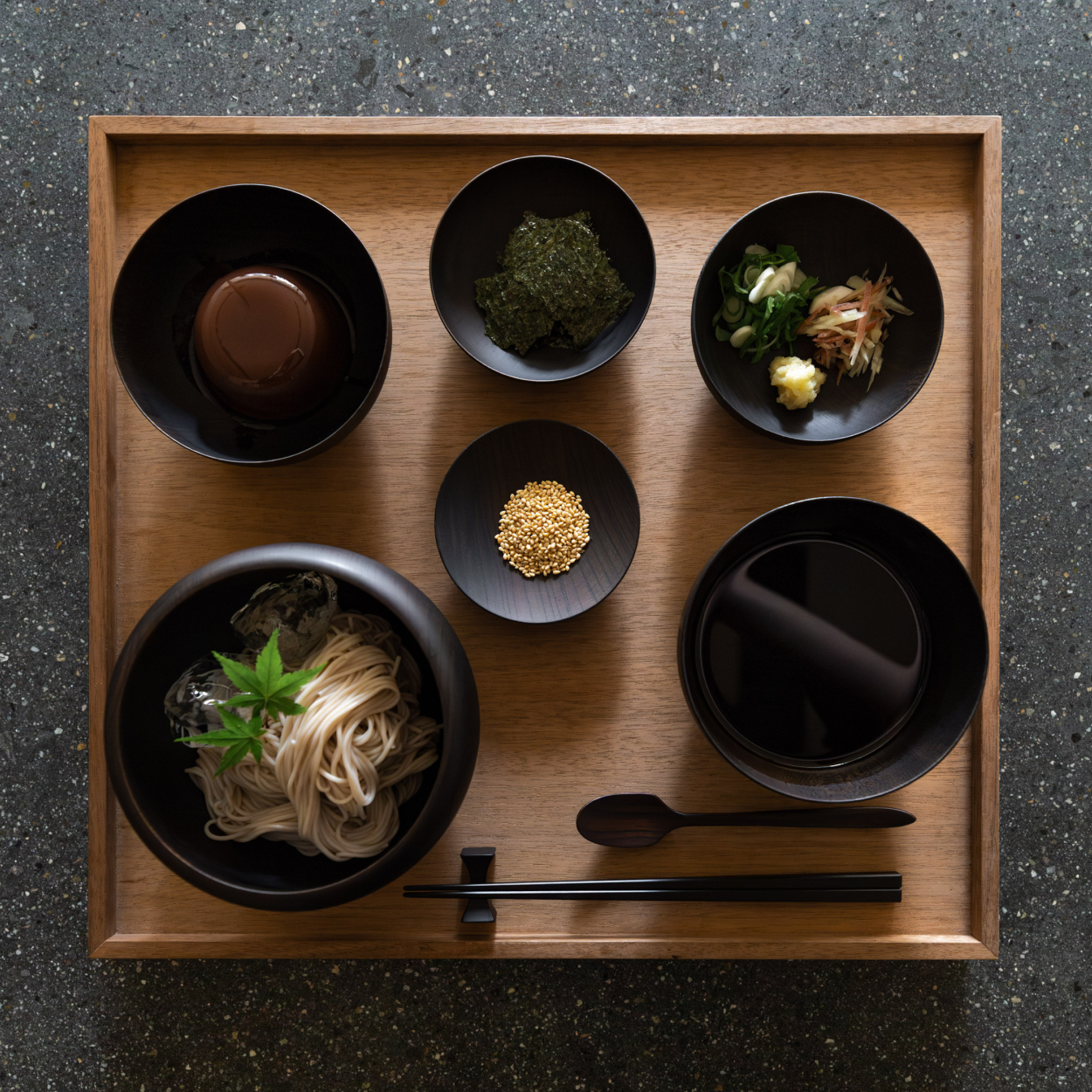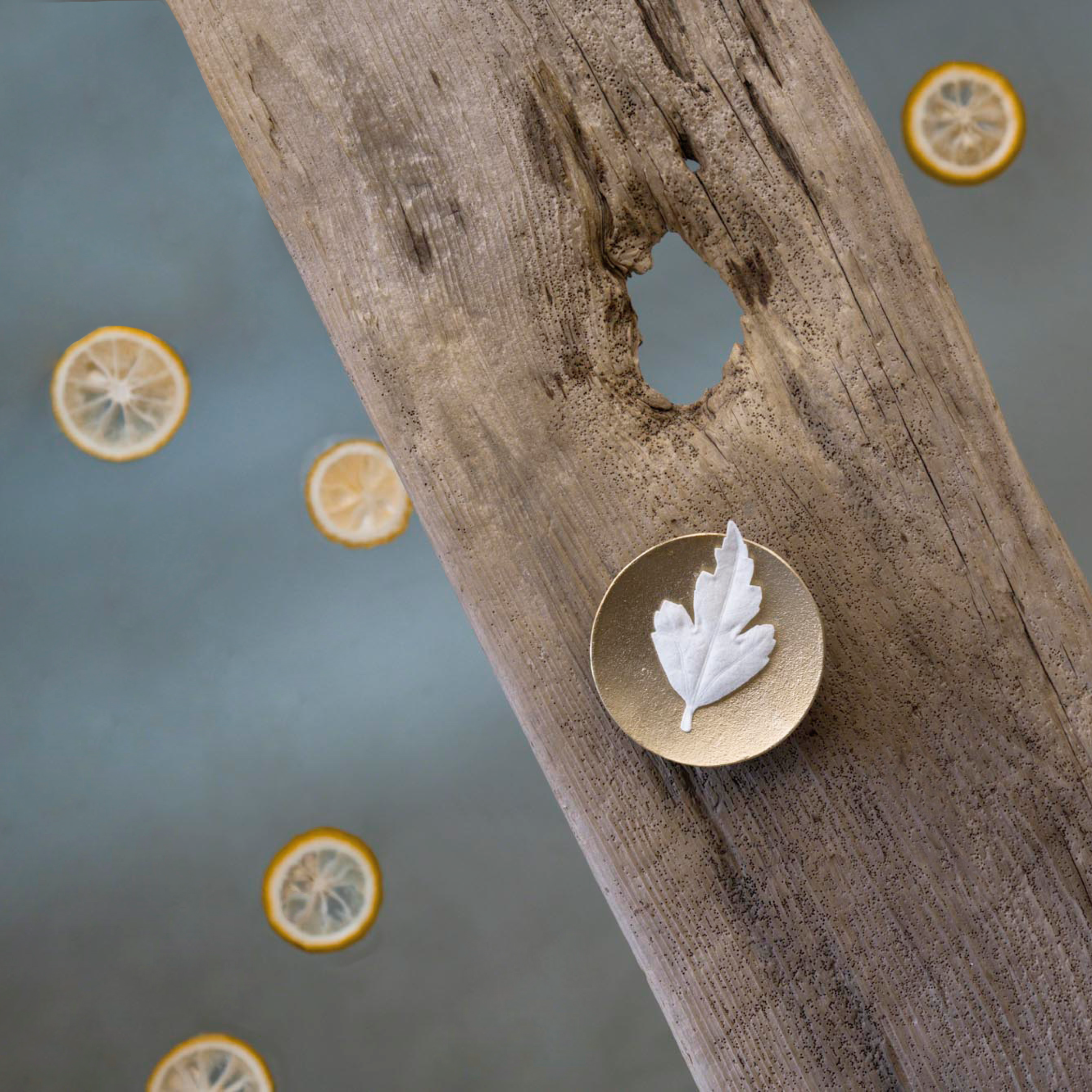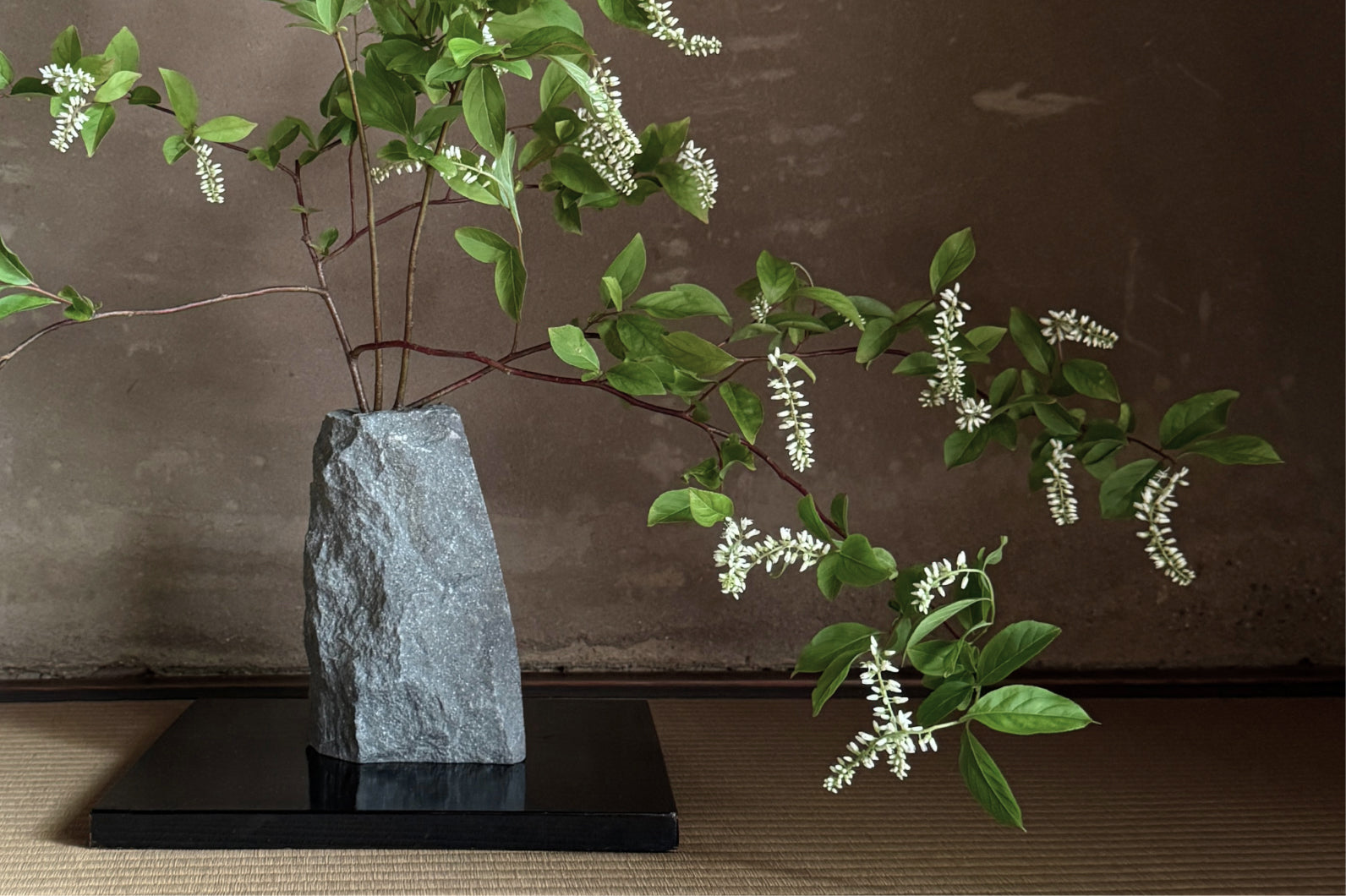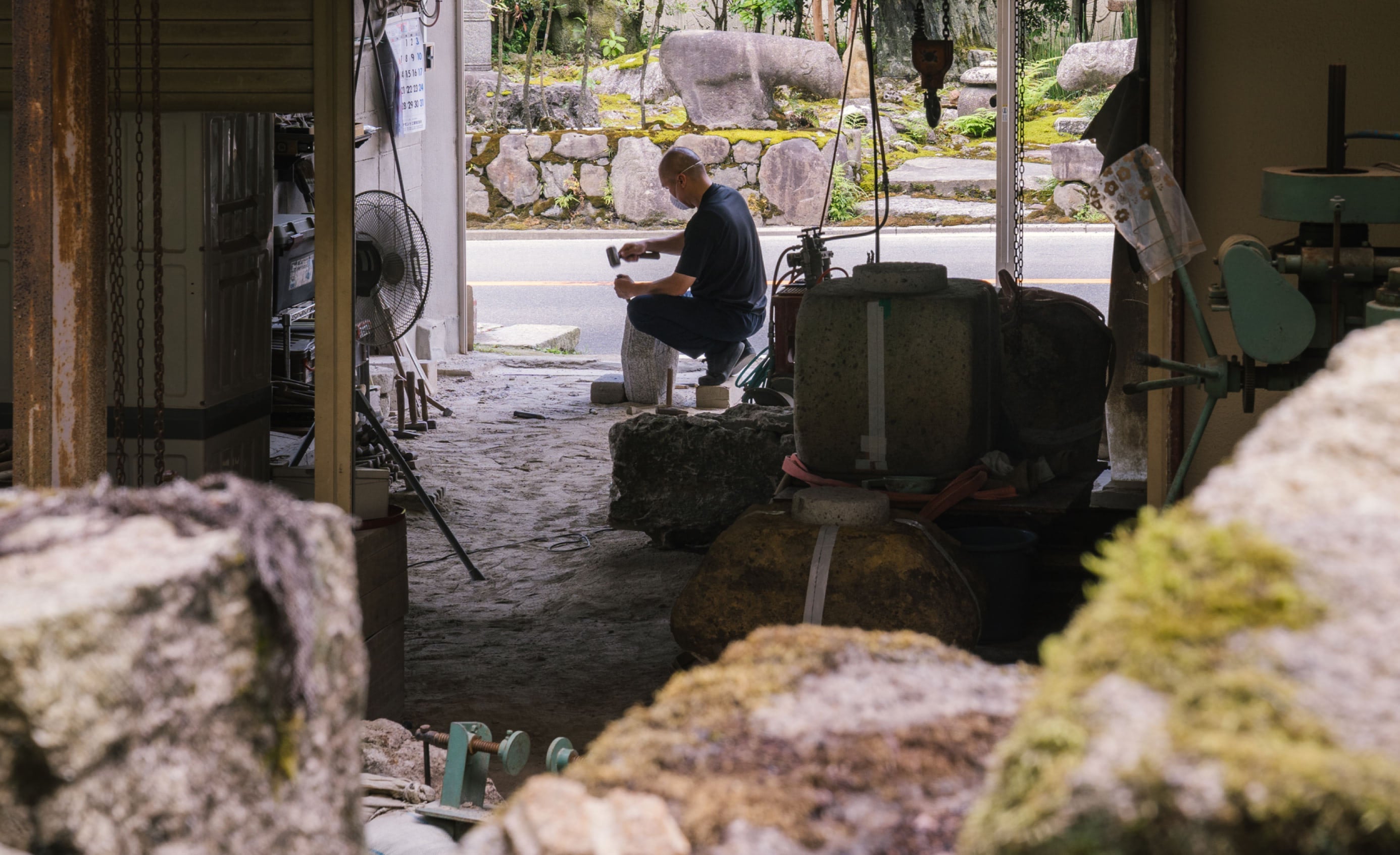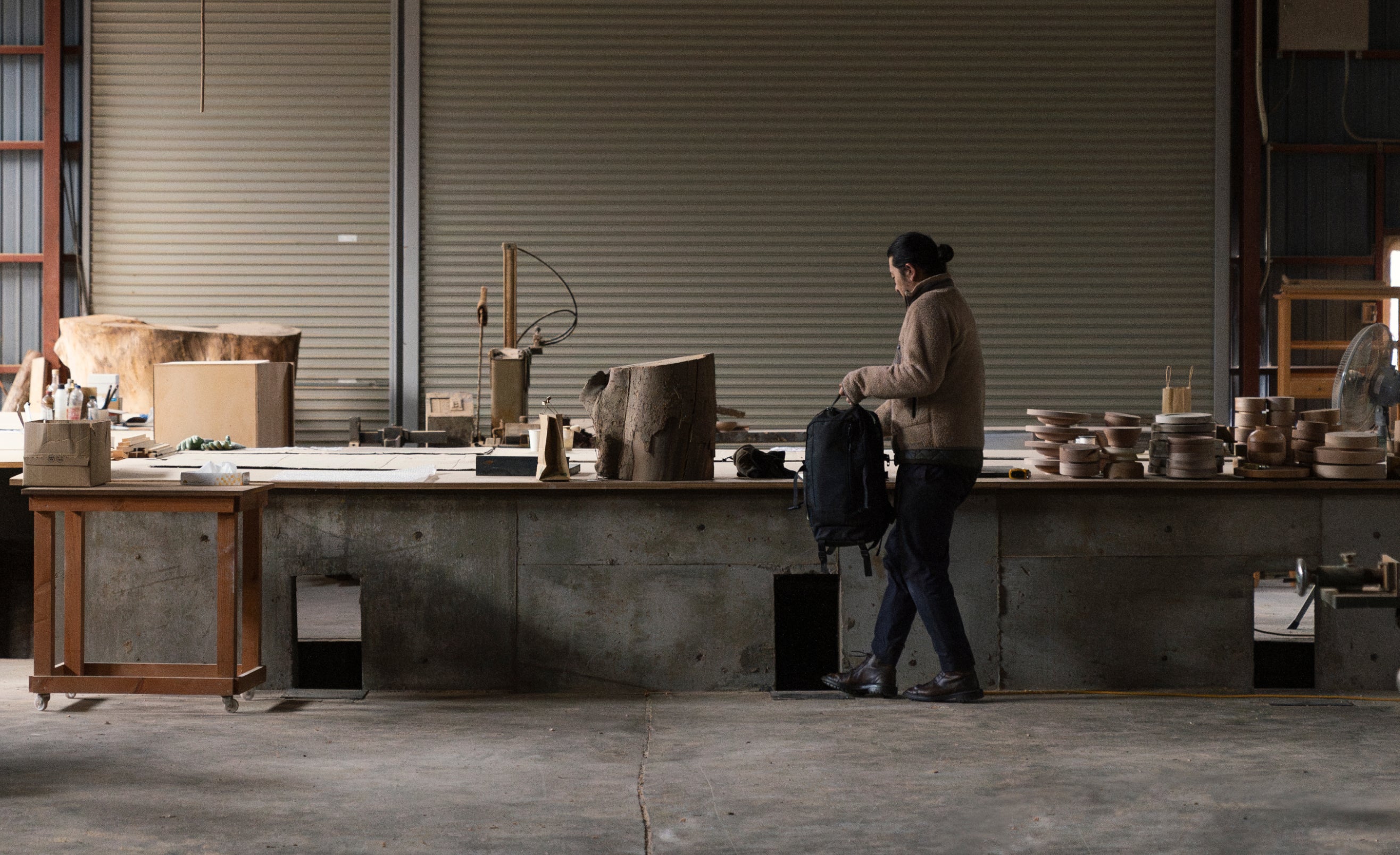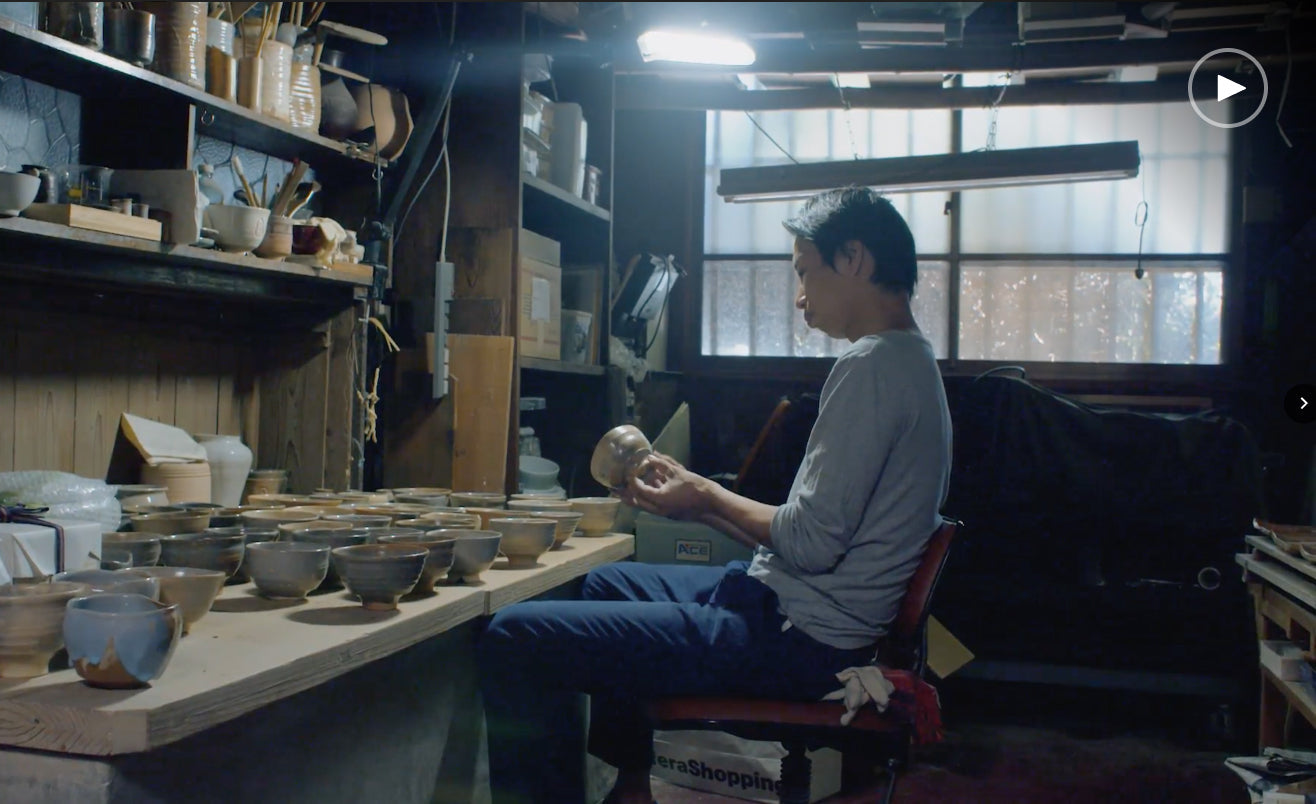In kintsugi, the Japanese term keshiki refers to the lines and shapes formed through repair. These lines and shapes tell the tale of who made the piece, where it comes from, the original material of the piece, the glazing techniques that were used, to whose hands it has passed, how to broke, and what was considered in its repair. Keshiki is the celebration of the piece’s unique story.
ke 景
scenery, landscape, view
shiki 色
color, sense

The moment a piece breaks, the inklings of its new keshiki can be observed. When beginning the repair process, it is useful to consider your piece’s landscape. The landscape is dependent on several technical variables about the original piece and how it broke, but the repairer also becomes part of this story.
How do you envision the final lines and shapes to be highlighted? How will you finish your piece, with red or black urushi, or with gold or silver powder? Will the final lines be bold or fine, flush or embossed?

Just as with wabi sabi, keshiki extends beyond aesthetics, and encourages appreciation of a piece’s evolving scenery.
The kintsugi process is non-linear, and each object’s unique repair will invite new shapes and forms. Considering keshiki allows us to reflect on how these changes celebrate a piece’s narrative, and how we also fit into its story.
